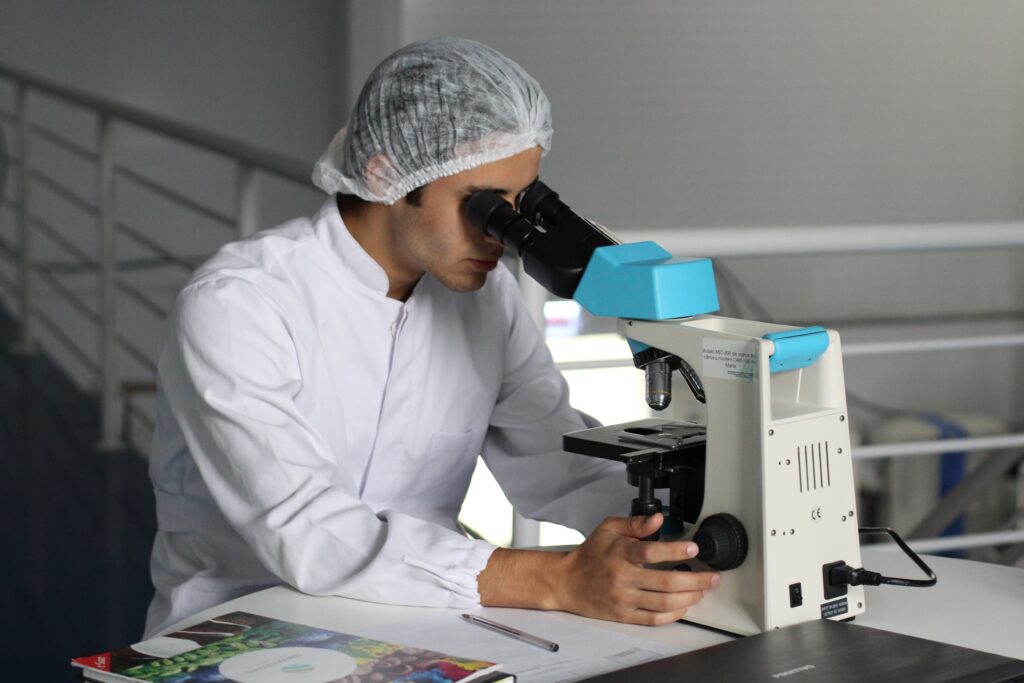The concept of smart cities has been around for a while now, but with the advent of IoT technology, it’s finally becoming a reality. Smart city IoT refers to the integration of sensors, devices, and networks to create a more connected and efficient urban environment. One area where smart city IoT is making a significant impact is in home wellness technology.
Smart city IoT technology is revolutionizing the way we approach home wellness. By using sensors and devices, we can monitor everything from air quality to water usage, and from temperature to humidity levels. This data is then analyzed to identify areas where improvements can be made, and actions can be taken to optimize the home environment for health and well-being.
Here are just a few ways smart city IoT is changing home wellness technology:
- Improved Air Quality
Poor air quality is a significant problem in many cities around the world, and it can have a significant impact on our health. Smart city IoT technology is helping to address this issue by monitoring air quality levels in real-time. Sensors can detect pollutants such as carbon monoxide, nitrogen dioxide, and particulate matter, and data can be analyzed to identify areas where improvements can be made.
For example, a smart city IoT system might detect high levels of pollution in a particular area and adjust ventilation systems in nearby homes to improve air quality. By optimizing air quality in this way, we can improve our respiratory health and reduce the risk of respiratory diseases.
- Temperature and Humidity Control
Maintaining the right temperature and humidity levels in our homes is essential for our comfort and well-being. Smart city IoT technology can help to ensure that we’re always in the ideal environment. Sensors can monitor temperature and humidity levels and adjust heating, ventilation, and air conditioning systems accordingly.
For example, if the humidity level in a home is too high, a smart city IoT system might adjust the air conditioning to lower the humidity. This can help to prevent the growth of mold and bacteria, which can cause respiratory problems and other health issues.
- Water Quality Monitoring
Ensuring that our drinking water is clean and safe is crucial for our health. Smart city IoT technology can help to monitor water quality in real-time, detecting any contaminants or bacteria that might be present.
For example, sensors can detect the presence of lead or other harmful substances in the water supply, and data can be analyzed to identify the source of the contamination. This can help to prevent health problems caused by exposure to contaminated water.
- Energy Optimization
Reducing energy consumption is not only good for the environment but also for our wallets. Smart city IoT technology can help to optimize energy usage in our homes, identifying areas where we can reduce consumption without sacrificing comfort.
For example, a smart thermostat might learn our habits and adjust the temperature accordingly, reducing energy consumption during times when we’re typically out of the house. This can help to save money on our energy bills while also reducing our carbon footprint.
In conclusion, smart city IoT technology is revolutionizing home wellness technology by providing real-time monitoring and analysis of various environmental factors. By optimizing our home environments for health and well-being, we can improve our quality of life, prevent health problems, and reduce our environmental impact. As smart city IoT technology continues to evolve, we can expect to see even more innovations in home wellness technology that will further enhance our well-being and comfort.









